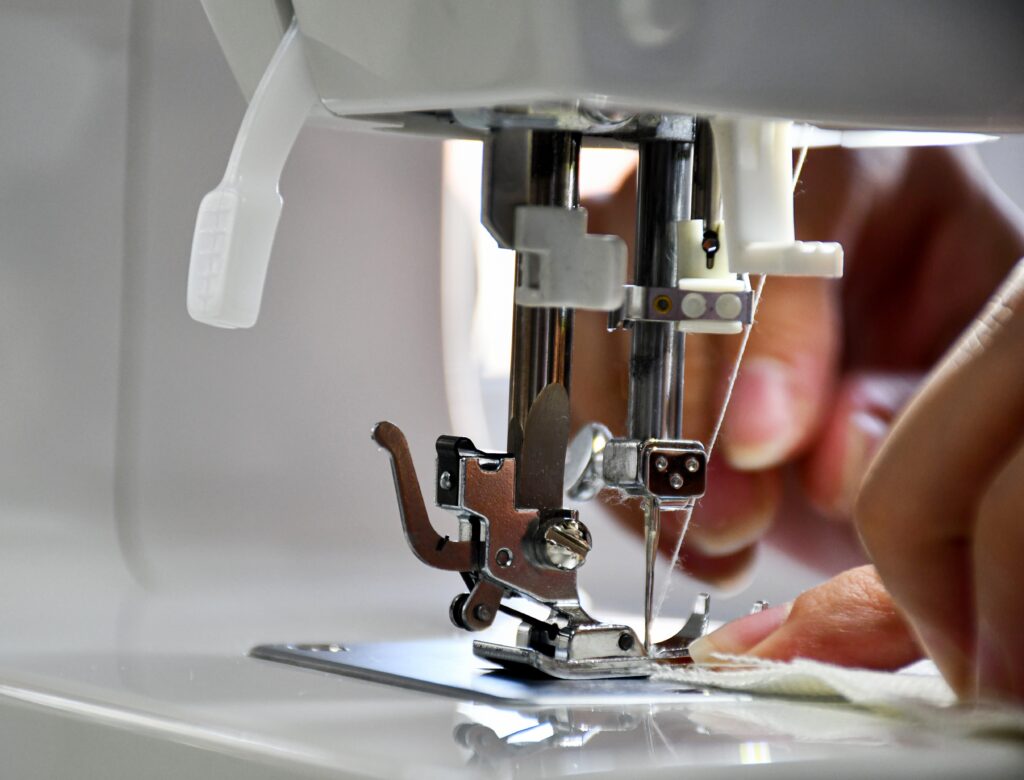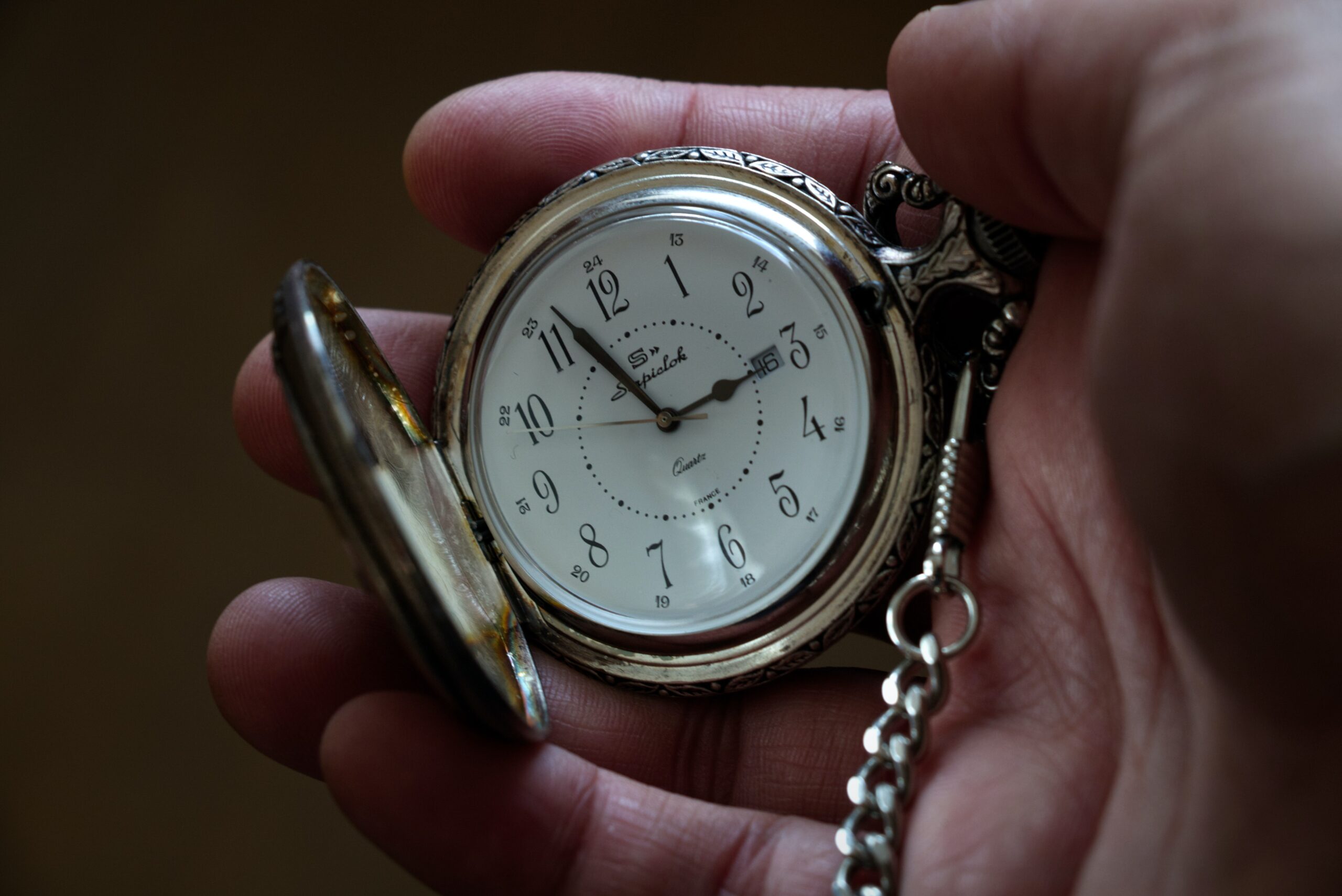If you’re trying to lose weight (and after asking yourself when to buy a wedding gown when dieting) you’re going to have to get your wedding dress altered in one way or another. After all, fit is everything, because the last thing you need is a bridal gown that makes you uncomfortable on your wedding day. But when should you get that wedding dress altered exactly?
Timing is important. So, you should have your wedding dress altered following the purchase. You should have the dress scheduled for alteration eight to twelve weeks before your big day to give the seamstresses ample time to work on the dress. Also, the final fitting should be two weeks before your big day.
The alteration can cost you between $50 and $1,000. More often than not, the exact amount you pay for the alteration depends on the changes you want to make to the dress.
A bridal gown process may require two or three fitting sessions, with the first one possibly lasting up to an hour-long. For the alteration and fitting process, the bridal salon may recommend you to a reliable tailor or have one of the in-house seamstresses work with you throughout the entire process.
What is Wedding Dress Alteration Exactly?
You will try on sample wedding dresses while shopping at a bridal boutique to pick what you love. Then, your bridal stylist will take your professional measurements and add them to the order information provided to the designer when you purchase your dress.
Based on their size chart, the designer builds a custom version of that gown in the size closest to your dimensions. Since the dress will be close to your size based on the dimensions, you shouldn’t require too many alterations, but you should still plan for at least a few minor changes for a great fit.
In addition to adjusting your gown for the greatest fit, the modifications procedure is your chance to replace or enhance the features of your wedding dress, such as removing sheer panels, adding a built-in bra, and exchanging a zipper for a lace-up corset back, or altering the neckline. Check out the full run-down of wedding dress fitting etiquette.
Types of Wedding Dress Alterations
1. Basic Hemming
Every wedding gown requires modifications, and that means alterations are necessary. If anything, alterations ensure that a bride’s wedding dress fits precisely, meets all of her demands, and makes her feel like her most attractive self.
Simple modifications begin with shortening the dress, altering the sides, and refining the fit. These important alterations are necessary for the gown to look its finest.
A well-fitted gown should support and contour the bust, and be long enough to cover the shoes accentuating and complementing the body’s shape.
2. Added Details
With enough time and resources, you can get the dress modified such that it features only the most significant details possible.
Customizations include the addition of beading, off-the-shoulder straps, sleeves, buttons, train length based on the type, and lace appliqués. During the alteration procedure, the seamstress will make and sew the bustle onto the bridal gown to keep the train from trailing behind the bride.
Best Places to Get a Wedding Dress Altered
You will need to explore tailors in your area who have experience with bridal gown modifications. We recommend sticking with locals for your adjustments if you purchased your wedding gown from a store outside of your city or state of residence.
Some bridal salons provide in-house adjustments, which can be a great convenience, and you may ask for a discount if you choose one of their dressmakers. If not, the salon where you purchased the dress will be able to recommend a few pros to work with.
Bridal Gown Alteration Timeline Explained
1. Buy the Dress 10 or 8 Months Before Your Wedding
The general guideline is that you should begin shopping for your wedding dress approximately 10 to 8 months before the big day. That way, you will have ample time for changes if you purchase your dress eight months before your wedding.
2. Your Dress Can Arrive Four Months Before the Wedding
Spend that time investigating local tailors, purchasing wedding-day undergarments, and completing your accessories so that you are ready for your first fitting.
3. First Fitting Three Months before Your Wedding
Aim to schedule your first alterations session at least three months before the wedding. This will be the longest visit, as this is where the tailor will focus most of the work on your dress.
Your tailor will add pins to the hemline, straps, waist, and areas that require tweaking, so don’t be alarmed if it does not immediately resemble your fantasy wedding dress.
4. A month before the Wedding
Your second modification session will take place a month or two after the first. If your dress had little alterations, to begin with, you may be able to get away with this being your last fitting.
Otherwise, it is an opportunity for you to examine how the dress fits after the first round of alterations and for the tailor to make any extra changes.
5. Final Fitting is Two Weeks Before Your Wedding
The final fitting should be approximately two weeks before the wedding. Your body and weight are roughly the same as they will be on your wedding day; therefore this session will provide the most precise fit.
If everything goes as planned, you will take your dress home the same day as your final fitting.
To prevent wrinkles and discoloration, you should generally hang it up and keep it out of direct sunlight. Verify that the tailor has pressed the dress well; so much so that it shouldn’t have traces of creases. If you discover them later there are ways to get wrinkles out of your wedding gown.
How to Alter a Wedding Dress Yourself
1. Determine What Changes You Need to make
Wear the wedding dress with the desired heels to get an insight into the hem and your stance in the wedding gown. Check the bust and waist to ensure a proper fit. Also, examine the hem to determine whether the garment needs trimming or lengthening.
You must remove the dress, turn it inside out, wear it backward, and measure the bust and waist to determine if it fits or requires alterations. This portion of the bridal gown should fit flawlessly, without feeling too tight or too loose.
2. Shorten the Hem
If you are short and need to look great on your wedding day, you will have to shorten the hem of your wedding dress. Occasionally, wedding dress tailors may not achieve the proper fit, resulting in a garment that is either too tight or too loose.
It is not easy to hem a wedding dress because the goal is to make the dress fit properly. So, if you are not careful with the hem, you may accidentally cut too much of the visible area, jeopardizing the attractiveness of the wedding dress.
3. Make the Changes You Want to See
Carefully pull both sides of the fabric while avoiding staining and tearing. Mark the line of new seams you intend to add or remove with straight pins. Whatever is done on one side must also be done on the other. This is to ensure that the middle piece of the dress aligns with the rest of the dress.
To create a marking, identify the seam line with straight pins before marking it with tailor’s chalk. You must remove the fabric pins with care. Finally, remove the wedding dress once more to determine if it fits or requires further alterations.
4. Remove the Current Seam
You may need to remove a seam created by a tailor if you need to alter the length.
Use a seam ripper to remove the stitches from an existing seam. To prevent lasting damage to the cloth, you must handle it with care. To prevent smudges on the garment, your fingertips must be free and clear of any grease.
5. Sew the New Joints

Once you are able to remove an existing seam, it may be difficult to sew your own wedding dress or alter the seam. So after aligning the chalk and marking the seam lines, the seam must be reattached using straight pins.
When stitching the new seam, it is ideal to use threads that match the exact color and weight of the thread on the new dress. When operating a sewing machine, the needle should be underneath the machine.
6. Finish the Seam
To complete your custom-tailored wedding dress, spin the gown so that the exterior and interior are facing in the correct directions. Don the gown once more to make it fit well.
Remove the dress and turn it inside out if you find that it has been shrunk by more than half an inch from its regular size. If there is no half-inch reduction, leave the seam intact.
In addition, the seam margin should always be smooth. This is the section where the majority of individuals struggle the most. If you believe that the fabric should be ironed flat, do so and your wedding dress will look fantastic.
It’s important to keep in mind that if you’re using a pressing iron for steaming, then you have to be careful not to burn the cloth because it can damage the whole outfit. It is recommended not to use a compression molding iron on the fabric of a bridal gown. Always place a linen towel between both the pressing iron and the wedding dress. You can also go to your local dry cleaners and see if they can help with steaming.
Altering a Wedding Dress That Is Too Big
There are numerous methods to alter an oversized wedding gown, and the option you use depends on the portion of the dress that you would like altered.
Try simple adjustment tricks, such as cinching the waist with an embroidered sash or filling the bust area with bra cups, if the size difference is not extreme. However, if these procedures do not improve the fit, you may need to re-sew it yourself.
If you lack confidence in your sewing abilities, bring the wedding gown to a tailor. Most likely, the tailor will recut the garment and use the seam allowance to re-sew it to make it tighter or shorter.
Frequently Asked Questions
What Should I Do If My Wedding Dress is Too Small In Bust?
The best technique to enlarge a dress is to let out the seams.
Other ways include inserting a side zipper, a side slit, or an additional fabric panel. It is more difficult to make a dress larger without stitching, but it can sometimes be possible to eliminate darts or extend the fabric.
How Many Rounds of Alteration do I Need?
The number of fittings you’ll need may depend on the number of alterations needed and how much your body changes over time. The gown will begin to take shape when you begin pinning and tucking the fabric in and molding it to your figure. At the second fitting, you should have a clearer idea of how the gown will fit.
Typically, alterations may be completed in two fittings, but you may have to prepare yourself for three just in case. Keep in mind that you bought your dress based on the best measurements. So, it’s likely that it may not fit properly at your first fitting visit. In either case, plan your last fitting one to two weeks before the wedding, as your physique is unlikely to change significantly in the final weeks.
How Long Does Wedding Gown Alteration Take?
Typically, the first fitting will last one hour as your tailor evaluates your dress and the required changes. At the initial fitting, you will meet the artisan fitter, who will be present for all subsequent fittings until the wedding day.
After the initial about an hour-long session, the following fittings should take less time as the dress gets closer to being the perfect fit.
What’s the Cost of Bridal Gown Alteration?
Some salons charge per service. For example, you might pay $150 to lengthen and $225 to shorten the dress. Some services charge a flat rate, which includes everything required to make the bridal gown stand out. It’s always best to check locally.
Conclusion
Now that you know when to get your wedding dress altered, you need to be careful to get the changes made as soon as possible. We do recommend that you get the alterations completed at least 14 days before the wedding day so you don’t get anxious about not having a perfectly ready dress in the run-up to your wedding.

